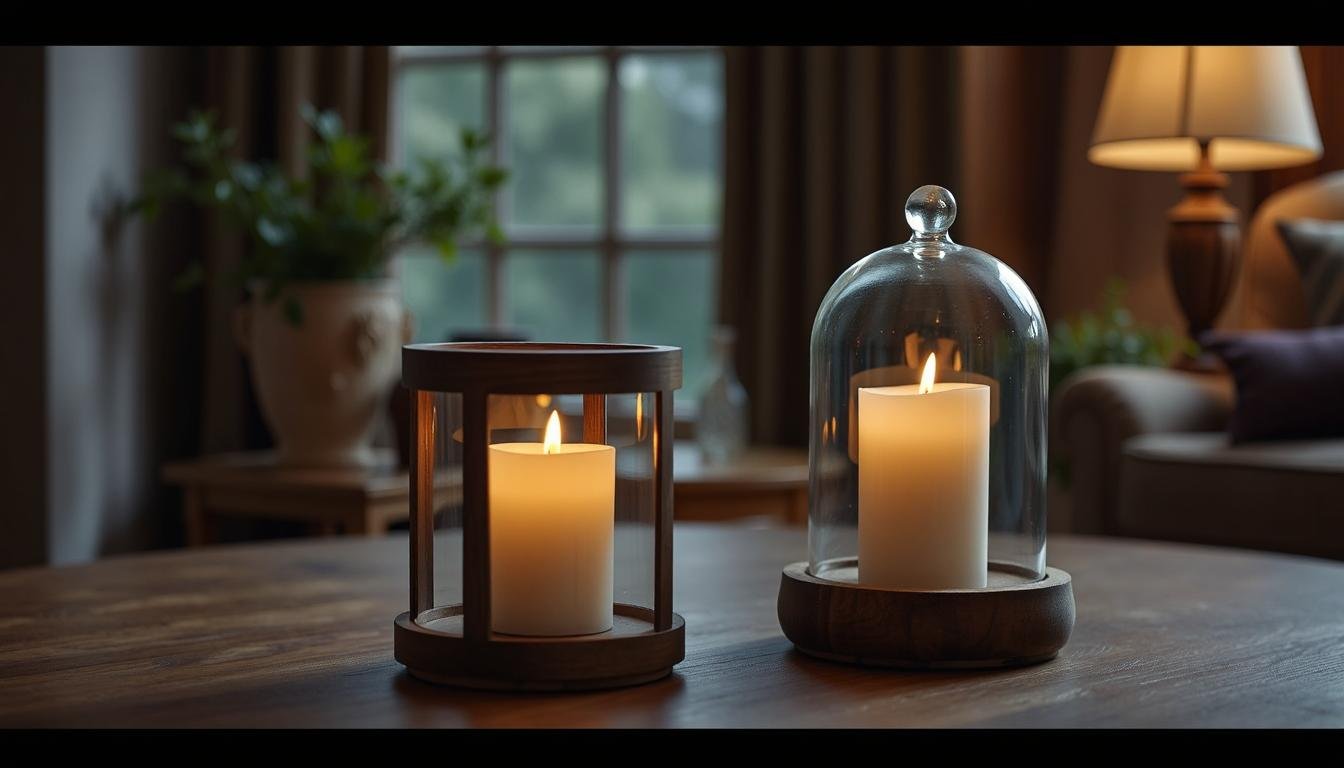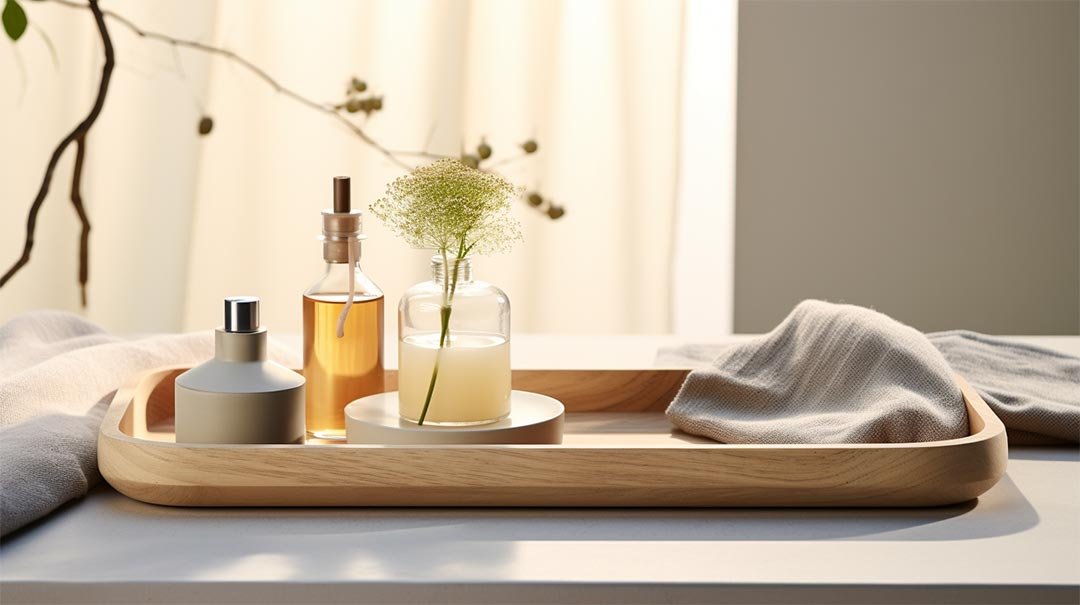First off, let’s get real. If you’re sourcing wooden crafts, you’ve probably asked: “Is oak actually tough enough for my customers, or will it crumble like my last supplier’s promises?” I feel you. Nothing’s worse than getting a shipment that’s softer than a marshmallow sofa. You need wood that’s durable, affordable, and won’t ghost you after payment.
Here’s the scoop: oak is a tough cookie. On the Janka hardness scale (a fancy way to measure wood resistance), white oak scores around 1360 lbf, and red oak hits 1290 lbf. Translation? It’s harder than your ex’s excuses for missing deadlines. But hardness isn’t just about numbers—it’s about how you treat the wood. Dry it wrong, and even oak turns into a drama queen.
Stick around. We’re about to split this log wide open.

Why Should You Care About Wood Hardness? (Hint: Your Customers Do)
Let’s face it—Andy, you’re not just buying wood. You’re buying trust. If your clients get a splintery, dented product, they’ll bounce faster than a TikTok trend. Oak’s density (about 45 lbs/ft³ for red oak) makes it a champ for furniture, flooring, or crafts that need to survive real life.
But here’s the kicker: hardness ≠ indestructible. Ever tried carving oak with a butter knife? Don’t. It’s like asking a sloth to win a sprint. You need the right tools and techniques.
Is Oak Wood Harder Than Maple? (Spoiler: It’s Complicated)
Ah, the classic showdown. Maple’s Janka rating is ~1450 lbf, so technically, it’s harder. But oak’s open grain structure hides scratches better. Think of oak as that friend who looks polished even after a wild night. Maple? High-maintenance.
Plus, oak’s moisture resistance (thanks, tyloses!) makes it less likely to warp. Perfect for humid climates or that one customer who uses coasters as abstract art.
Can You Stain Oak Without Crying?
Short answer: yes. Long answer: if you prep it right. Oak’s porous grain loves soaking up stains, but uneven absorption can make it look like a toddler’s finger-painting project. Sand it smooth, use a pre-stain conditioner, and you’re golden. Pro tip: Go for gel stains. They’re like Spanx for wood—smooths out imperfections.
Why Cheap Oak Suppliers Are a Red Flag
Look, I get it. Low prices are tempting. But if a supplier’s quoting you oak at pine prices, run. Low-cost oak often means high moisture content (above 12%), which leads to cracks, splits, and way too many customer complaints.
That’s why we kiln-dry ours to 8-10%. Less shrinkage, more happy customers.
Conclusion
Oak’s hard. But working with suppliers shouldn’t be. You need wood that’s tough, treated right, and delivered before your next Zoom meeting ends. We’re here for that. No games, no excuses—just quality that’s harder than your negotiation skills.
P.S. If your current supplier’s oak feels softer than their excuses, hit us up. We’ve got your back.



